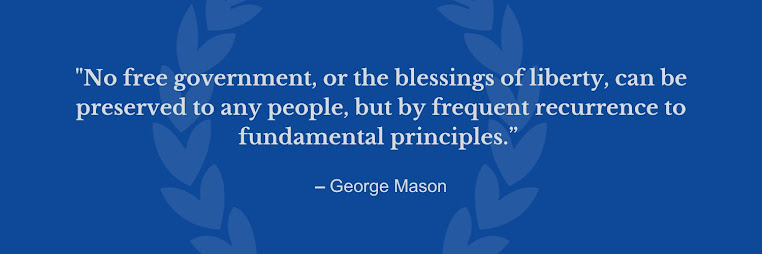On December 1,
2016, the FCC published its sixth Measuring
Broadband America report, which examines the speeds, latency, and
consumer trends of fixed broadband services nationwide. Here are some of the
key findings from the report:
Significant growth in broadband speeds available to
consumers, though the results are not uniform across technologies. The median
download speed, averaged across all participating ISPs, has almost quadrupled,
from approximately 10 Mbps in March 2011, to approximately 39 Mbps in September
2015. Compared to last year’s value of 32 Mbps, this year’s median download
speed was an increase of approximately 22%.
Since the first Measuring Broadband America report in
August 2011, the average annual increase in median download speeds by
technology is 47% for cable, and 14% for fiber, while popular DSL speeds have
remained largely the same. (See the chart below for the growth in the median
download speed over the past five years.)
Actual speeds experienced by most consumers meet or
exceed advertised speeds. All ISPs using cable, fiber or satellite technologies
advertise speeds for services that, on average, are close to the actual speeds
experienced by their subscribers. Fixed cable and fiber broadband customers
experienced speeds that were 100% or better than advertised.
The chart below shows
the ratio of weighted median speed to advertised speed for a number of
broadband providers. Of the 16 providers included in the sample, nine of them
delivered actual download and upload speeds that are greater than the advertised
speeds.
Consumers with access to faster services continue to
migrate to higher service tiers. Data shows that panelists subscribed in
September 2014 to service tiers with advertised download speeds between 15 Mbps
to 50 Mbps are the most likely to have migrated towards higher service tiers.
In contrast, among panelists subscribed in September 2014 to service tiers with
advertised download speeds of less than 15 Mbps – offered mostly by DSL
services – only a few percent migrated within the following year to a service
tier with a higher download speed.
Latency and packet loss vary by technologies. Consumers
generally experienced low latency – the time it takes for a data packet to
travel from one point to another in a network – on DSL, cable and fiber
systems. Higher latency in satellite services may affect the perceived quality
of highly interactive applications such as VoIP calls, video chat and
multiplayer games. Consumers generally experienced low packet loss – the
percentage of packets that are sent by the source but not received by the
destination – on cable, satellite and fiber systems.
The results of the
FCC’s sixth Measuring Broadband America
report show that the quality of broadband is increasing throughout the United
States. Despite regulatory
barriers that may have slowed investment and innovation in broadband
technologies, the broadband market remains dynamically competitive and
consumers are benefiting from faster speeds and more reliable connections.






